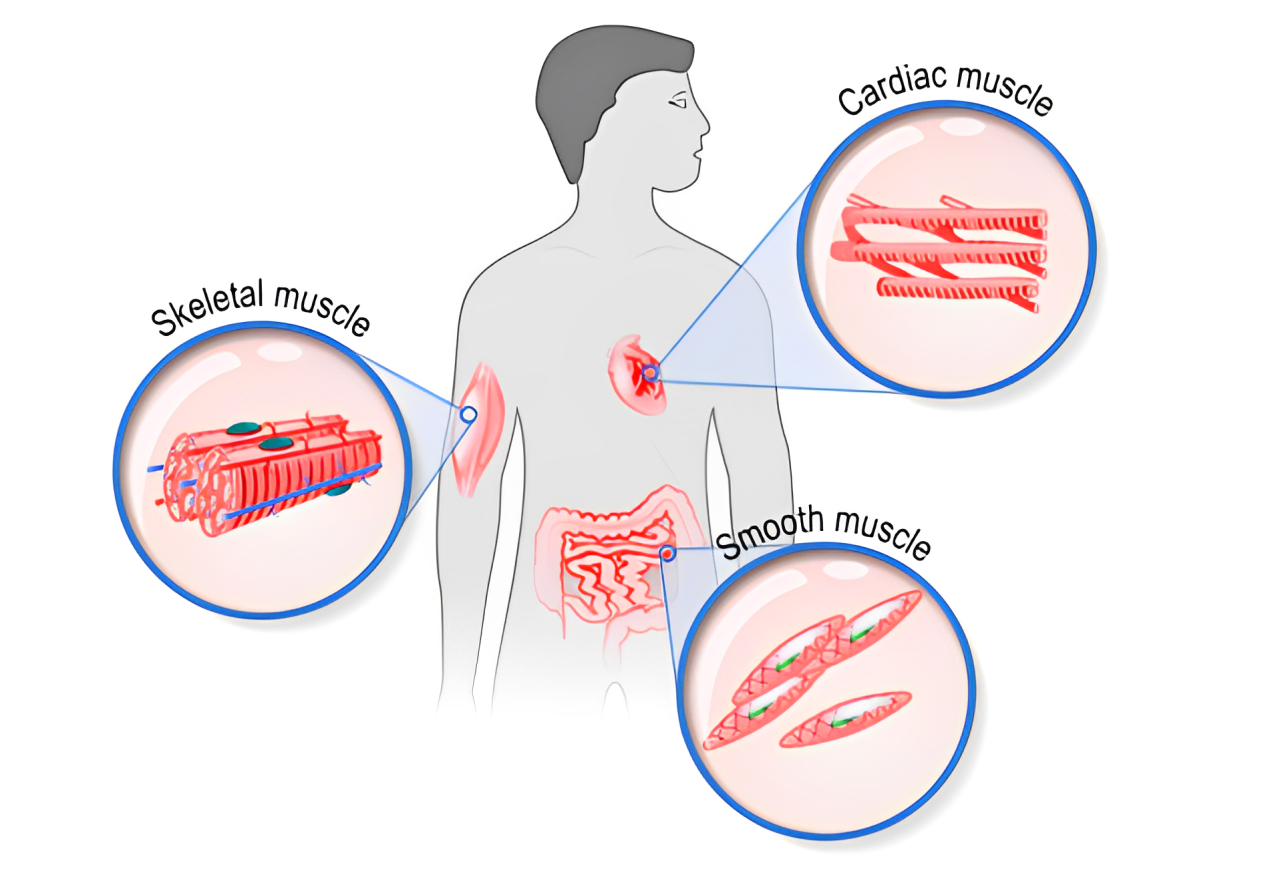In this educational series, we are going to focus on spasmodic or “cramping” abdominal pain that is a mild and less serious form of abdominal pain that can be managed in an out-patient setting. To start, you need a basic understanding of how the gut wall functions to move food through your gastrointestinal tract.
SPASMODIC (CRAMPING) ABDOMINAL PAIN
- Is a common complaint presenting in South African pharmacies - almost 50% pharmacists see more than 20 people with abdominal cramps per week.1
- More common in women than in males.1
- Most of the time it is not due to anything serious.2,3
- Sometimes abdominal pain can be more serious.2 Be sure to read our Red Flags article so you can assess if you need to see a healthcare professional right away.
FIND OUT MORE INFORMATION ABOUT
ABDOMINAL PAIN IN THESE ARTICLES:
- Causes of abdominal pain
- Red Flags
- Home Remedies
- Food and abdominal pain
- Stress and abdominal pain
- Abdominal pain in babies (colic)
- Gastrointestinal infections
- The gut-brain axis







